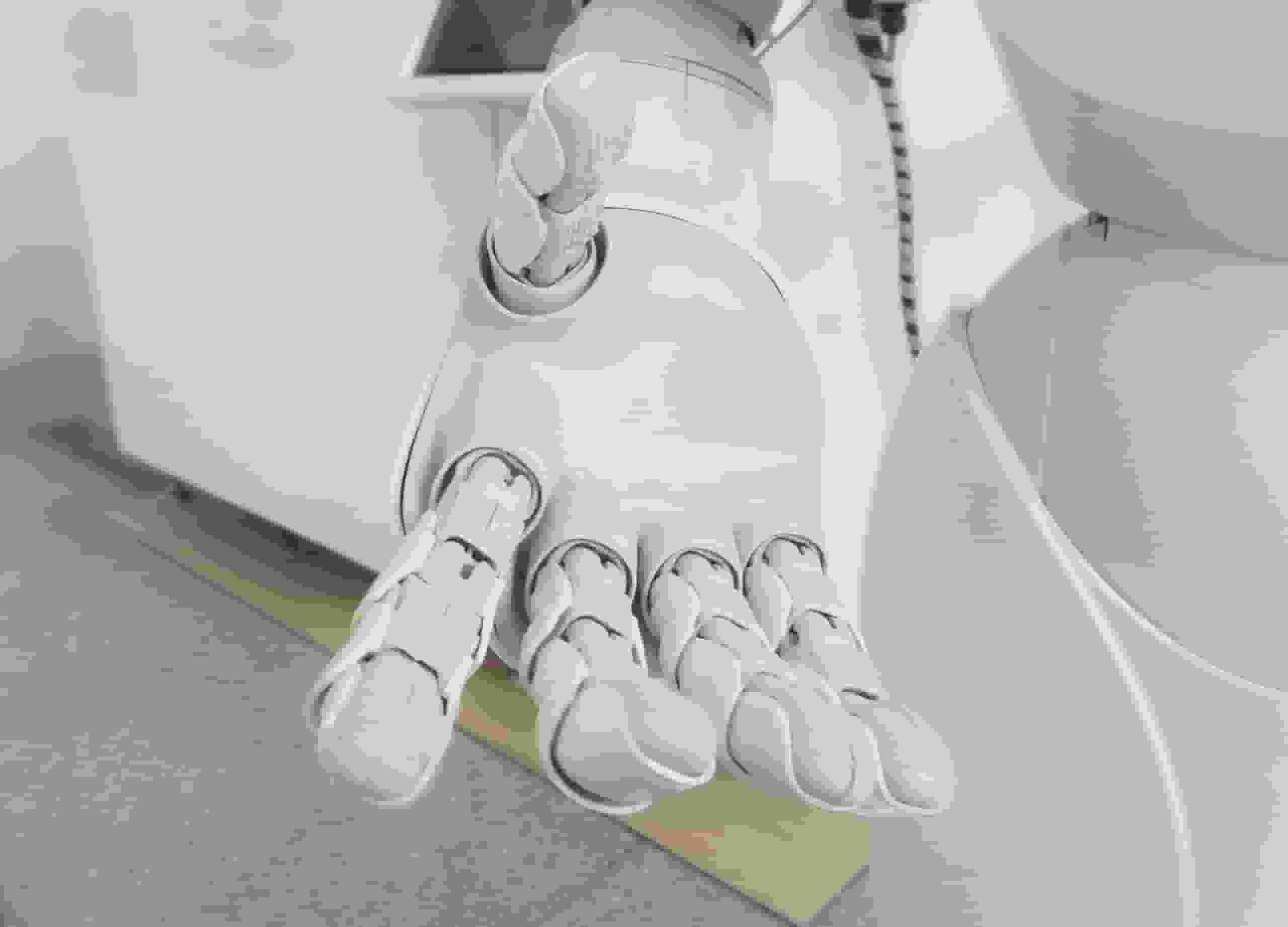
An artificial intelligence based automatic pattern recognition can identify if nerve compression surgery will reduce headache pain. according to research published in Plastic & Reconstructive Surgery’s February edition.
American Society of Plastic Surgeons (ASPS) Member Surgeons Lisa Gfrerer, MD, Ph.D., of Weill Cornell Medicine, and William G. Austen, Jr., MD, state that patient drawings of headache pain are beneficial in identifying patients who are more or less likely to respond positively to headache surgery.
AI To Interpret Patients’ Headache Drawings
The machine learning framework assessed in our study can automatically interpret pain drawings and appears to be most accurate at predicting patients who would not experience a significant reduction in headache activity following nerve decompression surgery.
Headache surgery is an established treatment for patients with headaches caused by nerve compression that does not respond to conventional therapy.
Developed by plastic surgeons who observed that some patients experienced fewer headaches following a cosmetic forehead lift, headache surgery targets specific trigger locations associated with particular headache patterns.
According to ASPS statistics, around 4,500 patients will undergo peripheral nerve decompression headache surgery in 2020.
However, it might be challenging to anticipate the outcomes of headache surgery. In a recent study, Drs. Gfrerer and Austen discovered that asking patients to draw their headache pain can provide useful insight into the expected surgical outcome.
Patients with more typical pain patterns for a given trigger site tend to be more likely to get effective pain relief after headache surgery.
To analyze headache pain drawings and especially to distinguish unusual patterns that are less likely to react to trigger site surgery, clinical experience is required.
To ease the process for less-experienced surgeons, Drs. Gfrerer and Austen, along with their team, developed and validated a machine learning framework capable of understanding pain drawings and predicting headache surgery results using AI technology.
Before receiving surgery for nerve compression headaches, 131 patients supplied drawings depicting their agony. On the basis of known nerve distributions, 24 characteristics were used to describe the pain distributions depicted in the illustrations.
These features were utilized to develop an algorithm for the automatic processing and interpretation of pain patterns using machine learning.
Patient’s postoperative Migraine Headache Index ratings were compared to the AI-assisted forecasts of improvement after headache surgery (MIH).
Read more: The monthly fee for ChatGPT premium version might be $42
Artificial Intelligence Predictions

The AI program beat human evaluators in predicting the reaction to surgery, write Drs. Gfrerer, Austen, and their colleagues.
The machine learning method fared the best at identifying which patients would have poor responses to surgery, defined as less than 20% change in MHI score: 94% accuracy, compared to 79% accuracy for experienced clinical researchers.
Three characteristics were identified as strong predictors of poor surgical success by the algorithm: widespread pain, facial discomfort, and pain at the vertex (crown) of the head. As anticipated, the AI algorithm was incapable of predicting bad outcomes for patients whose drawings depicted typical pain patterns most frequently associated with effective pain relief.
While the system also effectively identified patients who had positive and moderate reactions to surgery with MHI reductions of at least 80% and 50%, respectively, it performed best in predicting poor outcomes.
According to scientists, this shows that AI may be more objective at interpreting unusual pain pictures than doctors.
To improve result predictions in headache surgery and to implement the AI system in clinical practice, the researchers underline the necessity for more studies utilizing larger datasets and incorporating other crucial clinical screening criteria. Drs. Gfrerer and Austen and their co-authors reach a conclusion.
This platform will enable physicians with less clinical expertise, neurologists, primary care practitioners, and even patients to better comprehend headache surgery candidacy and seek review from trained headache surgeons.
Read more: Netflix offers a paid sharing service for consumers using the same account

